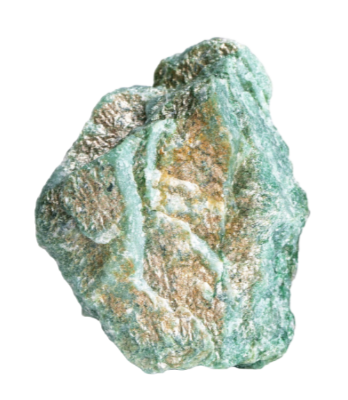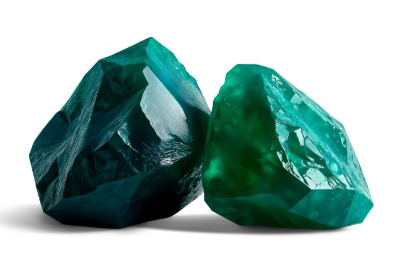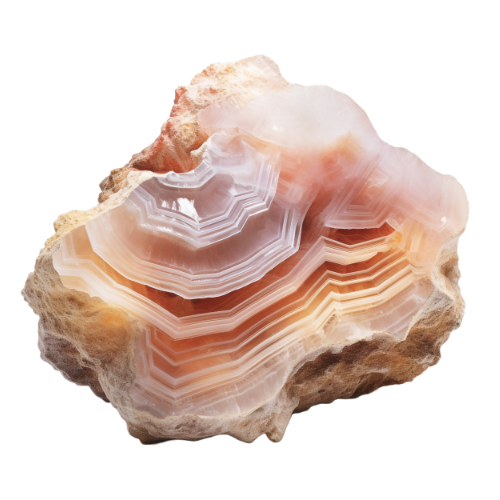
Jasper is an opaque, solid or patterned variety of cryptocrystalline quartz which consists of very tiny quartz crystals colored by various mineral impurities. The names of various jaspers can come from their color: bloodstone, green, lemon; from their pattern: orbicular, poppy, leopardskin, landscape, Picasso; or from a place name: Morrisonite, Mookite. All types take an excellent polish, are trouble free to care for, and hardy enough for all jewelry uses. These stones are usually cabbed, sometimes carved, and seldom faceted. Jewelry use of jaspers goes back into the early history of civilization. Various forms of this material are also frequently made into decorative objects, such as ashtrays or bookends. Jaspers are found all over the world, with certain colors or patterns unique to particular locales. Most bloodstone comes from India, all Mookaite from Australia. [1]

Jaspers, in general, are very common; hence most of the value in a given piece relates to the saturation of its color, the beauty of its pattern or the artistry with which it is fashioned. Some types such as Imperial Jasper and Madagascar Jasper do command premium prices since they are relatively rare. In rock shops, pieces of commercial quality cut in simple shapes might be had for $5 or less. Fine material, cut in designer forms, generally ranges between $2 and $5 per carat. [1]
In Our Shop
-
 Red Imperial Jasper Earrings$28.00
Red Imperial Jasper Earrings$28.00






